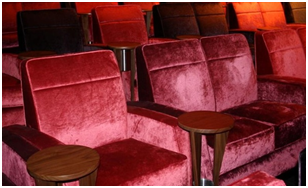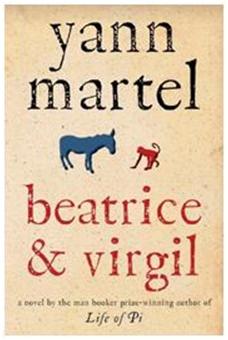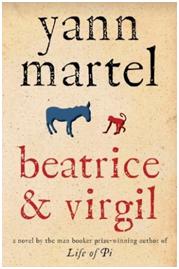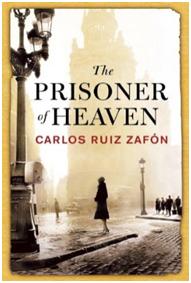I read the Fr Brown stories many, many years ago, so long ago that the details of the stories have been lost. It was a pleasant surprise to find that some of the Father Brown stories had been adapted for the small screen. Unfortunately, the BBC made two rather bizarre decisions about this series. First, a brand new series was consigned to mid afternoon viewing. What, do the BBC really not consider those of us who work? And the second was that all 10 episodes should be shown over two weeks. So even is you want to watch on iPlayer, you have very little time in which to do this.
Having said all this, the series was extremely watchable. Fr Brown has been moved from post WW1 to post WW2. Fr Brown is now a priest in a piece of England that I cannot recognise – Catholic parishes in England have an assortment of parish churches – some are Victorian, but most hail from the 1920’s onwards. Fr Brown’s parish church would not have been out of place in a series about an Anglican priest, but the Catholic Church in this country does not have pre-reformation churches in its estate. When John Henry Newman crossed the divide, he did not bring any real estate with him. And in the 1950’s, the Catholic Church was not quite as mainstream as the series portrays. But these are minor things. And of course, the careful viewer will note that the stories are “based on”. This give licence for all sorts of changes – the English Inspector Valentine is in the original, Inspector Valentin a leading French policeman who comes to England to apprehend the daring thief Flambeau.
These changes can be ignored, for what the BBC produced was an extremely nostalgic trip back to the 1950’s and an England long gone. The pleasant English village is not a safe place, rather like Midsomer and the world of Miss Marple where death comes calling with monotonous regularity. Despite that, it is a safe world where materialism has not caught hold and neighbours talk to neighbours.
I have now watched all ten episodes – but alas I had to watch them bunched together. However enjoyable the series, this was indigestible, so come on BBC – please can FR Brown be spread out a bit more. And now, I am reading the originals again.

 masses of leg room and small tables on which to place your drinks. Very civilised.
masses of leg room and small tables on which to place your drinks. Very civilised. I am really struggling with this book – normally I pick up a book and begin reading. The plot will unfold and by the third chapter I will have the map of the unknown country described by the author in my head. But here it is a different story. I was struggling so much that I have had to resort to reading reviews etc. just to be able to grasp what this book is about.
I am really struggling with this book – normally I pick up a book and begin reading. The plot will unfold and by the third chapter I will have the map of the unknown country described by the author in my head. But here it is a different story. I was struggling so much that I have had to resort to reading reviews etc. just to be able to grasp what this book is about.
 I finished the book. It is quite short and very surreal. What is it about?
I finished the book. It is quite short and very surreal. What is it about?
 This is the third book of the trilogy started by Shadow of the Wind by the Spanish author
This is the third book of the trilogy started by Shadow of the Wind by the Spanish author  What are the dividing lines between Catholic Christians and secularists? Eco (author of Name of the Rose) and Cardinal Martini (in the Catholic corner) discuss four issues: abortion, why women cannot be ordained, hope and the future of mankind and the basis of ethics. Perhaps not the burning issues that many today would think need to be answered, but this book was written in the context of the impending millennium where some predicted this would bring in the end of civilisation as we know it. Today the burning issues would be child abuse, homosexuality, Darwinism or even the environment. Perhaps another age (not too long ago) would have included the just war or nuclear weapons.
What are the dividing lines between Catholic Christians and secularists? Eco (author of Name of the Rose) and Cardinal Martini (in the Catholic corner) discuss four issues: abortion, why women cannot be ordained, hope and the future of mankind and the basis of ethics. Perhaps not the burning issues that many today would think need to be answered, but this book was written in the context of the impending millennium where some predicted this would bring in the end of civilisation as we know it. Today the burning issues would be child abuse, homosexuality, Darwinism or even the environment. Perhaps another age (not too long ago) would have included the just war or nuclear weapons.